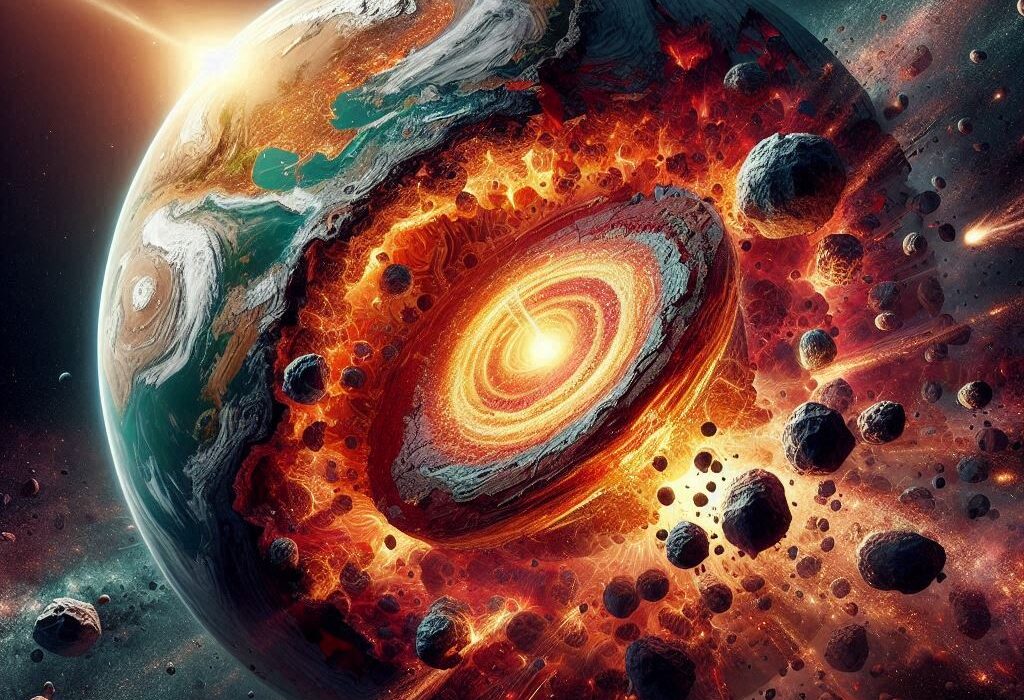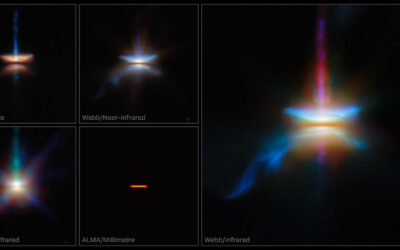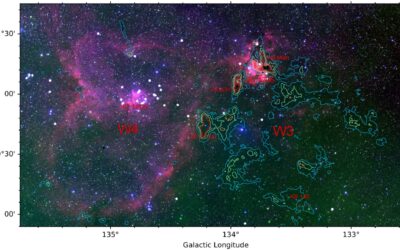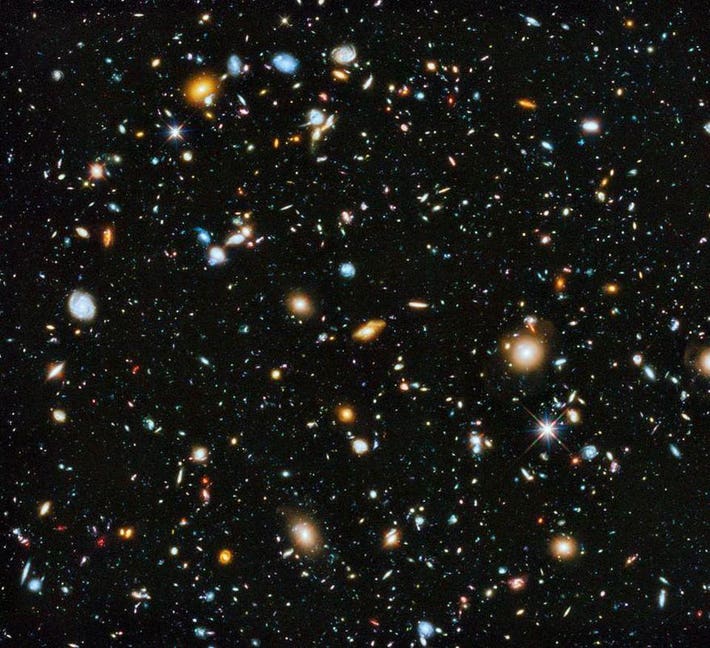The origin of Earth’s essential elements has long been a subject of fascination and mystery for scientists. Understanding where these elements came from—and why some are missing—has profound implications for how we view the planet’s formation and its ability to support life. A groundbreaking study led by Assistant Professor Damanveer Grewal from Arizona State University’s School of Molecular Sciences and School of Earth and Space Exploration, in collaboration with researchers from Caltech, Rice University, and MIT, challenges previously held beliefs about why Earth and Mars are depleted in moderately volatile elements (MVEs), such as copper and zinc. These elements play a key role in the chemistry of planetary systems and are particularly crucial for supporting life, as they often accompany other vital elements like water, carbon, and nitrogen. The study, published in Science Advances, sheds new light on the formation of planets and the surprising processes that shaped Earth and Mars.
The mystery lies in the fact that Earth and Mars contain significantly fewer MVEs than primitive meteorites, which are considered remnants of the early solar system. These meteorites, particularly chondrites, offer clues about the composition of the early solar system and the processes that shaped planetary bodies. The depletion of MVEs on Earth and Mars has puzzled scientists for years, leading to various theories. Some scientists believed that the MVEs were never fully condensed in the early solar nebula—the cloud of gas and dust that existed before the formation of the solar system. Others suggested that these elements were lost during planetesimal differentiation, a process in which the early building blocks of planets separated into layers based on density.
However, this new study offers a surprising twist to the narrative. By analyzing iron meteorites—which are believed to be remnants of the metallic cores of the earliest planetesimals (small bodies that formed the building blocks of planets)—the researchers uncovered significant evidence that challenges these previous theories. These iron meteorites, often considered to be remnants of the metallic cores of ancient planetesimals, provided the team with new insights into the early chemical composition of the solar system.
The researchers discovered that many of the first-generation planetesimals in the inner solar system—where Earth and Mars formed—were unexpectedly rich in MVEs. “We found conclusive evidence that first-generation planetesimals in the inner solar system were unexpectedly rich in these elements,” said Damanveer Grewal, the study’s lead author. “This discovery reshapes our understanding of how planets acquired their ingredients.”
Prior to this study, the prevailing theory was that the MVEs were lost early in the solar system’s history, either because they never fully condensed out of the solar nebula or were lost during the differentiation process as planets and planetesimals formed. However, the study’s findings suggest a very different story. The evidence points to the fact that many of the first planetesimals actually retained chondrite-like abundances of MVEs, which means they accreted and preserved these elements despite undergoing the differentiation process. This challenges the idea that MVEs were entirely lost during the early stages of planetary formation.
One of the most significant revelations from this study is that the progenitors of Earth and Mars did not begin their formation already depleted of these essential elements. Instead, the research suggests that the loss of MVEs occurred much later, during a period of intense and violent cosmic collisions that were a hallmark of planetary growth. These collisions, which played a central role in shaping the formation of planets, likely caused the depletion of MVEs over a prolonged period of time. The study indicates that rather than being lost early in the solar system’s history, the MVEs were retained in the early planetesimals but were stripped away during the later stages of the planets’ violent formation.
“Our work redefines how we understand the chemical evolution of planets,” explained Grewal. “It shows that the building blocks of Earth and Mars were originally rich in these life-essential elements, but intense collisions during planetary growth caused their depletion.” This conclusion marks a major shift in how scientists approach the early solar system’s chemistry and the processes that led to the formation of planets like Earth and Mars.
The findings of this study have significant implications for our understanding of planetary chemistry and the conditions necessary for life to emerge. MVEs, such as copper and zinc, are essential for the development of life as we know it, playing key roles in biological processes like enzyme function and metabolism. By revealing that Earth and Mars were initially rich in these elements, the study offers new insights into the factors that made Earth a habitable planet. It also raises important questions about the processes that led to Mars’ current, inhospitable state, as it shares many similarities with Earth but is now much less capable of supporting life.
Moreover, the study challenges traditional models of planetary formation, particularly the idea that planets in the inner solar system (including Earth and Mars) began with similar compositions to primitive meteorites. The discovery that many of these early planetesimals were rich in MVEs suggests that the story of planetary formation is much more complex than previously thought. The loss of MVEs during the later stages of planetary growth indicates that the chemical evolution of planets is deeply influenced by the violent processes that take place as planets collide, accrete, and differentiate.
The research also underscores the importance of studying a wide range of meteorites, particularly iron meteorites, to better understand the composition of the early solar system. These meteorites provide invaluable information about the chemical and isotopic makeup of the materials that formed the planets. By analyzing these meteorites, scientists can piece together a more detailed and accurate picture of how the solar system evolved and how the elements essential for life came to be incorporated into Earth and Mars.
More information: Damanveer Grewal, Enrichment of Moderately Volatile Elements in First-Generation Planetesimals of the Inner Solar System, Science Advances (2025). DOI: 10.1126/sciadv.adq7848. www.science.org/doi/10.1126/sciadv.adq7848






